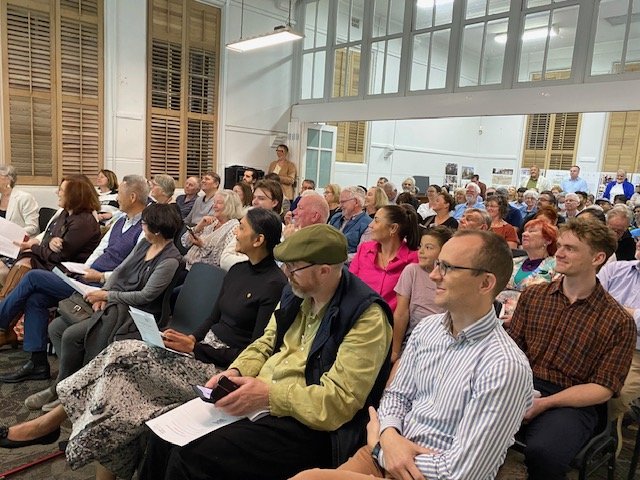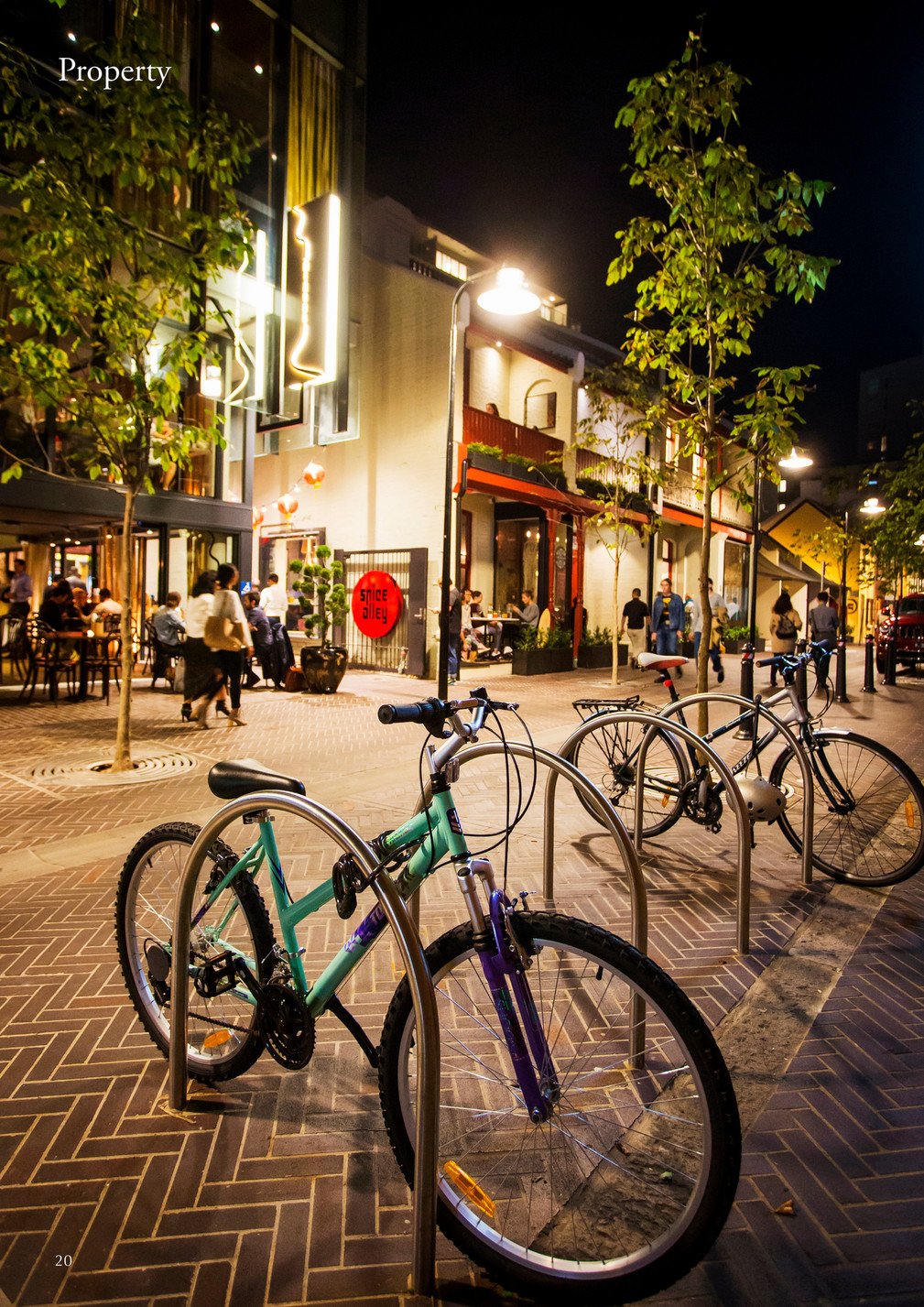
How our recent public forum has the Northern Beaches talking
"After our Mona Vale forum, The Tawny Frogmouth published an op-ed on citizens' assemblies, prompting a response from Seaforth resident Marion Haas. Have a read.

Media Coverage
A recap of media coverage we’ve received from our recent public forums in Waverley and the Northern Beaches.

A recap of the Northern Beaches LGA public forum
Last night, approximately one hundred Northern Beaches residents, urban planners, experts and community leaders came together for a public forum at Mona Vale Memorial Hall, to explore local housing and development challenges and opportunities.

Footage from CURATING KU-RING-GAI
Watch the video of our CURATING KU-RING-GAI event, held last year.

A snapshot of the Waverley LGA public forum
Last night, over 140 Waverley residents, urban planners, experts and community leaders came together for a public forum at the Bondi Pavillion, hosted by The Better Cities Initiative.

An invitation to What’s Next For The Northern Beaches
How to balance density and affordability with ecology and nature? Should citizens have more say in planning and rate rises? Join us for a public forum on the planning future of the Northern Beaches.

An invitation to What’s Next For Waverley
How to balance density and affordability against ecology and nature? Join us for a public forum on the planning of Waverley LGA.

Better Cities, Big Ideas
Read an article about The Better Cities Initiative, featured in the Kanebridge Quarterly.

THE THREE CRISES
Three crises face our cities, each of them urgent and already destructive.


A Q&A WITH BETTER CITIES’ FOUNDER ELIZABETH FARRELLY
In this interview, Elizabeth discusses her passion for connecting the world of ideas with our physical environment, how she defines a healthy democracy, and the inspiration behind founding The Better Cities Initiative.

AN INTRODUCTION TO CITIZENS’ ASSEMBLIES
In facing the dual crises of climate change and housing affordability, Australia’s planning system is crying out for radical change. In particular, it needs the public voice front and centre. A Citizens’ Assembly can achieve that.

RADICAL LISTENING
The Better Cities Initiative Founder and CEO Dr Elizabeth Farrelly shares a recap of our CURATING KU-RING-GAI event. It was an exercise in what we’re calling “radical listening.”

CURATING KU-RING-GAI
In recent months the Minns government has handed down 39 Transport Oriented Development (TOD) rezonings across NSW, four of which (Gordon, Killara, Roseville, Lindfield) are within the Ku-ring-gai LGA, with heights up to 20 storeys.

URBAN EXPLAINERS
Language. Language is everything, right? Language connects and empowers us, thrills and delights us, makes us laugh, cry, celebrate or sweat. Words can make us fall in love, fall out of love, take the bait, leave the room, fall happily asleep.

INTERGENERATIONAL JUSTICE: GIVE THE KIDS A SAY
“In the future, will we all be stuck in tiny apartments with no outside space?” This was the opening question to me in a recent interview with a group of primary school children. No, I said, slightly taken aback. Grim apartments aren’t the only option. We have a choice. Carefully I painted a picture of the middle way - delightful apartments with rooms and corridors, big windows and balconies, fresh air, sunshine and courtyards.

ACCESSING OUR BETTER SELVES
Philosopher John Rawls argues that all citizens should make decisions without knowing where their own self-interest lies. This he calls the “Veil of Ignorance.” It’s a form of empathy-training, in a way - a bit like the relationship-counselling technique where you switch roles, taking the other person’s side and articulating their point of view, not your own. The Citizen Jury similarly encourages people to see the bigger, more collective and longer-term picture. In a legal arena we might call this “natural justice.” Here, we simply call it common sense.
Common, perhaps, but also radically different…

EMPOWERING INFORMED CIVIC LEADERSHIP; the art of civilised dissent
The time has come for powerful citizen leadership. When governments aren’t delivering what we want, it’s time for citizens to get up and get cracking!
Australia’s cities are our home to almost 90% of us but city-planning has come to a stalemate, with the emphasis on ‘stale.’ Witnessing as we do the daily warfare of contemporary political life – from actual wars to the so-called culture wars to the unthinking hostilities of social media – you might easily form the view that humans are irredeemably combative. We are trapped in a NIMBY-YIMBY war that oversimplifies the problem and makes solving it impossible.

Deep listening and inclusivity: How the citizens’ jury accesses popular wisdom
On pub trivia nights, as everyone knows, the winning team won’t be you and your best mates. You’ll be too similar. The winning team will be a diverse range of people with vastly different backgrounds, experiences, knowledge and skillsets. The same applies to civic decision-making. It’s not only fairer to include people in the decisions that shape their lives and futures. It also produces a better result. The best cities – more intricate, more subtle, greener an more interesting - will arise from…

Igniting civic passion and creativity
Traditionally, cities have been the founts of human creativity. Think Damascus, Athens, Florence, Venice, London. But as modern city life becomes more demanding, as more and more of us become oppressed by the drudgery of economic survival, our capacity for creativity is depleted. Our lives, and our cities, get harder. What can be done? How can we make our cities more humane, more vibrant, more creative and more fun?
